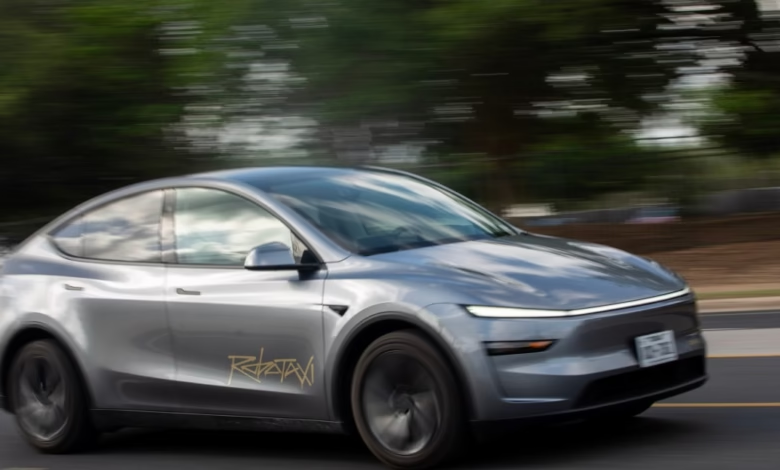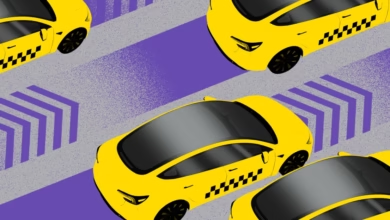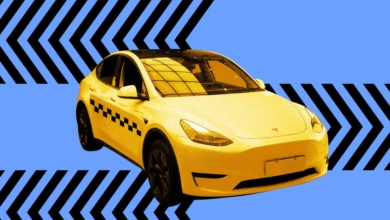Tesla Robotaxi Mishaps: A Complete Timeline of Incidents

▼ Summary
– Tesla’s robotaxi rollout has faced issues, including phantom braking incidents, despite early positive feedback from influencers and fans.
– Phantom braking, where vehicles stop suddenly without clear cause, has occurred multiple times due to Tesla’s camera-only perception system misinterpreting environmental factors.
– Early riders provided feedback on improving the app experience, such as allowing pickup location adjustments and precise drop-off pin drops.
– While some users reported smooth rides with no issues, social media posts reveal varied experiences, including safety concerns and technical problems.
– Texas lacks incident reporting requirements for Tesla’s robotaxis, but new state regulations could revoke permits if autonomous vehicles are deemed unsafe.
Tesla’s highly anticipated robotaxi service has faced unexpected challenges during its initial rollout, with multiple incidents reported by early users. While some influencers have praised the technology, a growing list of documented mishaps reveals potential flaws in the company’s autonomous driving system.
One recurring issue involves phantom braking, where vehicles abruptly stop without clear cause. This problem isn’t new, Tesla’s camera-based perception system has struggled with false triggers, misreading shadows, road markings, or other environmental cues. Reports from Reddit users highlight at least three separate instances of this dangerous behavior.
Beyond sudden stops, other incidents have surfaced. Some passengers documented erratic lane changes, while others noted navigation errors leading to inefficient routes. A few even reported near-misses with pedestrians or obstacles that the system failed to detect properly. These cases suggest that Tesla’s driverless technology still has room for improvement before achieving full reliability.
The company claims it’s actively collecting rider feedback to refine the service. Early adopters have shared mixed reviews, with some praising smooth rides while others point out app-related frustrations. For example, users can’t adjust pickup locations or select precise drop-off points within the service area, limitations that could hinder convenience.
Despite optimistic testimonials from Tesla advocates, the broader picture shows inconsistencies in performance. Notably, these incidents only came to light because riders posted their experiences online. Unlike some states, Texas doesn’t mandate incident reporting for autonomous vehicles, leaving gaps in public safety oversight. However, recent regulatory changes could complicate Tesla’s operations. New permit rules allow authorities to revoke approvals if self-driving systems pose significant risks, a potential hurdle if issues persist.
For now, the robotaxi rollout remains a work in progress. While some users report flawless trips, the growing catalog of documented problems raises questions about whether Tesla’s technology is truly ready for widespread use. Without mandatory reporting, transparency relies entirely on passenger accounts, making social media an unofficial but critical watchdog in this experimental phase.
(Source: The Verge)





